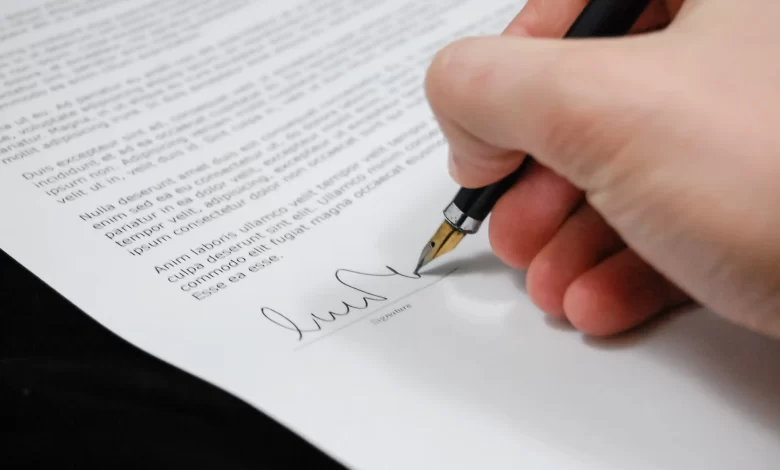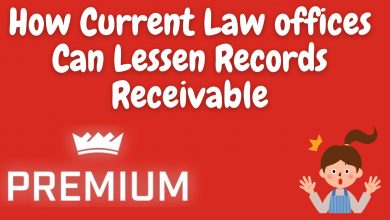What are the Procedure to File a Patent Registration?
Introduction to Patent Registration
In the world of innovation, protecting your intellectual property is as crucial as the invention itself. Patent registration serves as a legal acknowledgment of your invention, granting you exclusive rights to use, make, and sell your creation. This article aims to demystify the process of filing a patent, guiding inventors through the necessary steps and considerations.
Table of Contents
ToggleUnderstanding Patents: Definition and Importance
The Concept of a Patent: A patent is a legal document granted by the government, giving the inventor exclusive rights to their invention for a specific period. This right prevents others from making, using, or selling the invention without the inventor’s consent.
Why Patents are Essential: Patents protect innovative ideas and inventions, ensuring that inventors can reap the benefits of their creativity. They encourage innovation and contribute significantly to advancing technology and industry.
Eligibility Criteria for Filing a Patent
General Criteria: To be eligible for a patent, your invention must be novel, non-obvious, and have industrial applicability.
Specific Requirements: The invention must be fully described, disclosing how to make and use it. It should not be part of the public domain or previously patented.
Pre-Filing Considerations
Patent Search: Conducting a thorough search in patent databases is crucial to ensure your invention is unique and to avoid infringement.
Deciding the Type of Patent: Understand the types of patents available (utility, design, or plant) and choose the one that best fits your invention.
Step-by-Step Procedure for Patent Registration
- Preparation of Patent Application: Draft your application, detailing your invention, its uses, and how it differs from existing inventions.
- Filing the Application: Submit your application to the relevant patent office, along with the required fees.
- Patent Examination Process: The patent office will review your application to ensure it meets all criteria.
- Responding to Objections: If objections arise, you may need to amend your application or argue against the objections.
- Patent Grant: Once approved, your invention is patented, providing you with legal protection.
Costs and Time Frame for Patent Registration
Estimated Costs: Patent registration can be costly, including filing, examination, and attorney fees.
Expected Time Frame: The process can take several years, depending on the complexity of the invention and the patent office’s workload.
Common Mistakes to Avoid in Patent Registration
Avoid vague descriptions, failing to conduct a thorough patent search, and overlooking international patent protection if needed.
International Patent Registration: An Overview
Filing for international protection involves additional steps, often through treaties like the Patent Cooperation Treaty (PCT).
Maintaining and Enforcing Your Patent
Renewal and Maintenance: Patents require periodic maintenance fees to remain valid.
Enforcement and Litigation: If infringement occurs, enforcement through legal action may be necessary.
Utilizing Professional Help: When and Why
Seeking assistance from a patent attorney can be beneficial, especially for navigating complex legal requirements and procedures.
The Future of Patent Filing: Technological Advancements
Technological advancements are streamlining the patent filing process, making it more efficient and accessible.
Conclusion
Patent registration is a detailed and nuanced process, but essential for protecting your intellectual property. By understanding and following the proper procedures, inventors can secure their inventions, paving the way for innovation and success.
FAQs
- How long does a patent last? Typically, a patent lasts for 20 years from the filing date.
- Can I file a patent internationally from my country? Yes, through international treaties like the PCT.
- What can I do if my patent application is rejected? You can amend your application or appeal the decision.
- Is it necessary to hire a patent attorney? While not mandatory, it’s advisable for complex cases.
- How do I know if my invention is eligible for a patent? Your invention should be new, non-obvious, and
applicable industrially. Conducting a patent search can help determine its eligibility.






















